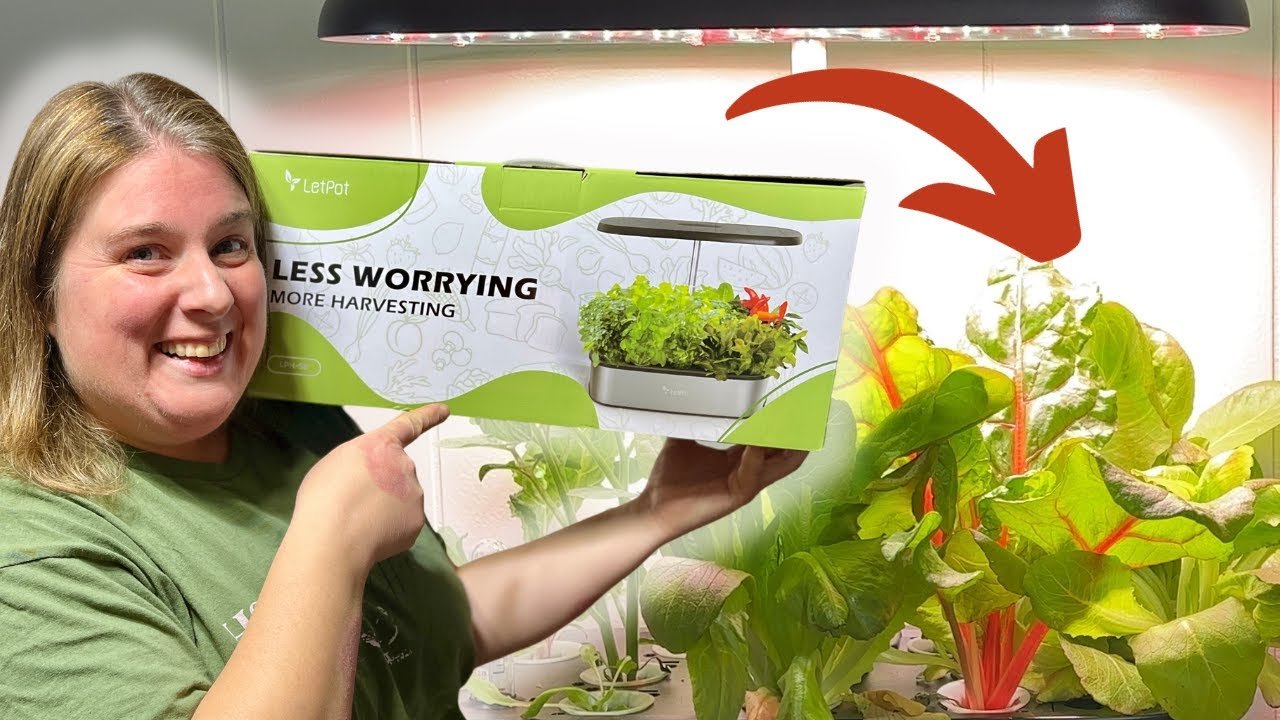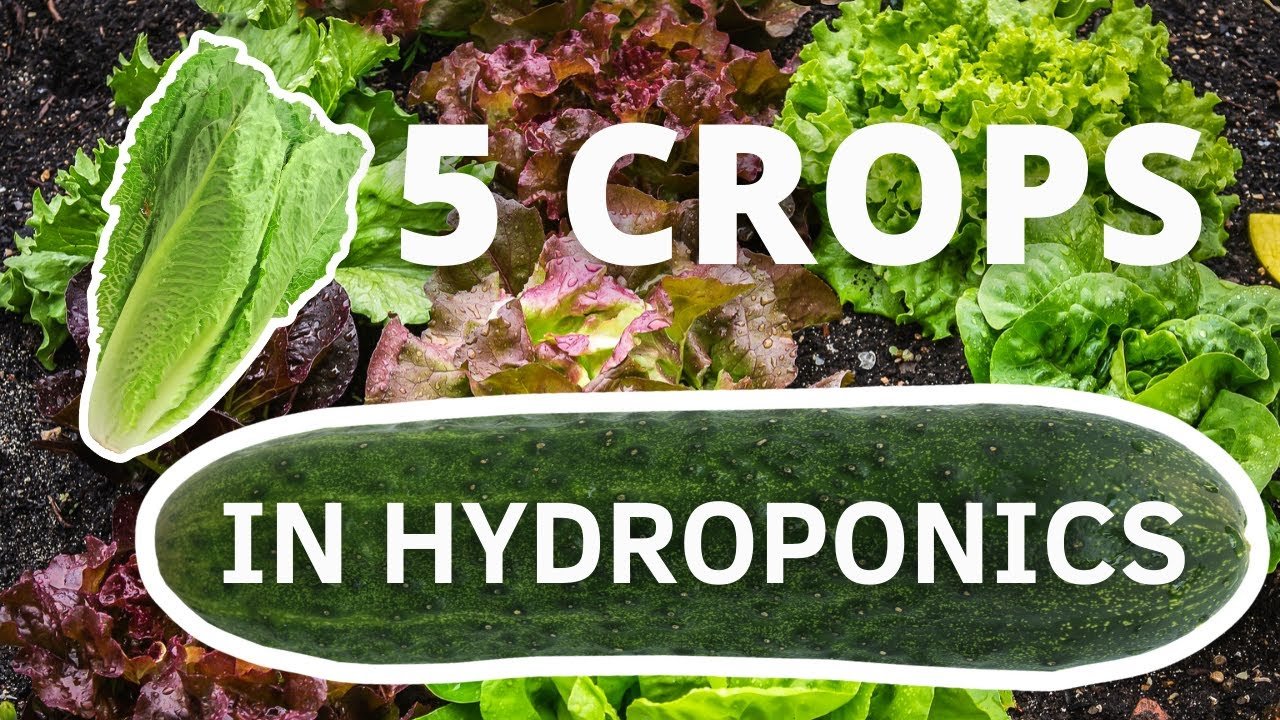The Tale of My Backyard Aquaponics Adventure
The year I decided to dive headfirst into aquaponics was a wild one. I’d seen a few videos online—smiling people with lush green plants, fish swimming cheerfully—living the sustainable dream. I figured, how hard could it be? But let me tell you, if you’ve ever attempted to create a small-scale aquaponics system in your backyard, you know it’s a bit like herding cats while juggling flaming torches.
A Gathered Collection of Random Tools
I started by rummaging through my old shed, which is a hodgepodge of relics from my inappropriate “I-fix-everything” phase. You’d be amazed at what I found: an old manual pump, some PVC pipes that I had planned to use for a rainwater collection system (that never saw the light of day), and a few leftover buckets from when I tried my hand at brewing beer. From the moment I laid eyes on those buckets, a sense of determination washed over me. “This is it,” I thought, “I’m going to create the perfect aquaponics system.”
My first mistake? Classic overconfidence. In the grand tradition of backyard inventors everywhere, I decided to wing it. I set up the fish tank—an old 50-gallon aquarium that had seen its share of goldfish growing old and dying as my kids promised to take care of them (which, spoiler alert, they didn’t). I filled it with water and headed to the local fish store.
Picking the Fish: A Rookie Mistake
Now, I figured I’d go exotic. After all, why not get some lovely tilapia? They seemed robust enough to survive whatever water chaos I was going to throw at them. So, I made the purchase, oblivious to the fact that these fish have specific temperature and pH needs. I tossed them into the tank, a gleam of success in my eye, like some sort of aquaculture god.
For two blissful days, everything seemed peachy. I fed them the special tilapia flakes, watched them dart around like they owned the tank. But then—a wave of panic hit. I got a whiff of the water that made me recoil. It smelled like an unsupervised fish market on a hot summer day. What was happening?
The Water Symphony of Doom
After some frantic Googling, I learned that I had drastically overfed them. My heart sank. The tiny eco-system I had envisioned looked more like a scene from a horror movie. I grabbed an air pump and started frantically moving water around, convinced I’d done irreparable damage.
To my horror, a few days later, I noticed my first casualty—one of the tilapias floating lifelessly. The kids were devastated. “We can‘t tell mom!” they whispered, casting covert glances at the blown-up fish. I knew right then it was time to learn and pivot.
The Revelation: Hydroponic LED Grow Lights
In the middle of this fish drama, I hit a revelation: if I was going to keep this wreckage afloat, I had to optimize my plant growth seriously. I read up on hydroponics and easily fell into the rabbit hole of LED grow lights. I ordered a couple of panels, convinced they’d save me from this disaster.
They arrived, and I’ll admit, setting them up felt better than that first satisfied sigh you take after finally wrenching a tight bolt loose. The grow lights emitted this unearthly purplish hue that cast everything around them in a surreal glow—sort of like being in a sci-fi movie. I arranged the lights above my makeshift grow bed, which consisted of repurposed soil from the flower pots that had long disappeared into the weeds.
But the lights weren’t the miracle I had hoped for. I mean, yes, the seedlings began sprouting—despite me mistakenly switching between different nutrient solutions like a mad scientist. But let’s not pretend those grow lights were free of trials. One night, I forgot to check if they were plugged in, and I awoke the next morning to what looked like a leggy mess of plants reaching for the light that just wasn’t there.
Lessons in Humility and Resilience
Eventually, with a lot of trial and error—mostly error—I ended up with a small but thriving ecosystem. I learned that plants thrive on consistency; tilapia prefer warm water; and, surprisingly, those hydroponic LED grow lights really do work but require some TLC and careful monitoring.
Sure, I lost a few fish along the way, and the air pump decided to break during a heatwave. But in the end, my kids learned where their food comes from, and I discovered my own resilience. I went from an overconfident DIYer to a mama fish whisperer and plant steward, albeit an imperfect one.
If you’re thinking about diving into something similar, just go for it. Don’t worry about getting it perfect. You’ll make mistakes—trust me, I’ve made all of them and then some—but every misstep is a lesson. You’ll figure it out as you go.
Your backyard doesn’t need to be an Instagram wonderland; sometimes a little chaos is all you need to spark joy. And maybe, just maybe, grab a few friends for coffee along the way to share the laughs over your own “fishy” tales.
If you’re interested in learning more or joining a community that supports budding aquaponics enthusiasts, join the next session here. Let’s laugh about our mishaps together over coffee—they’re hard-earned trophies in our gardening adventures!







Leave a Reply